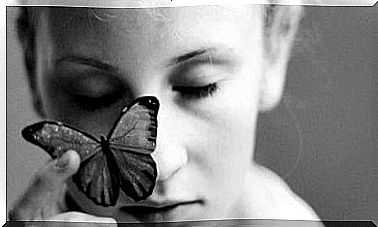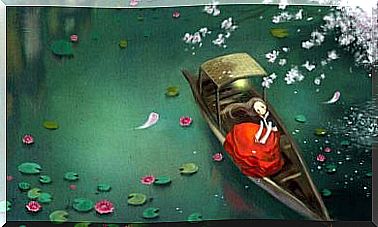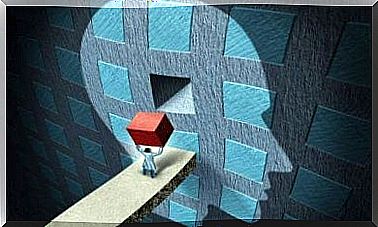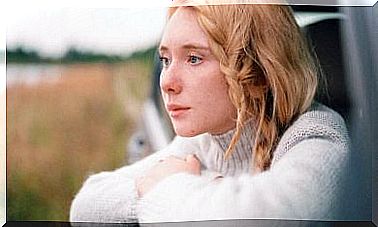Three Great Moral Dilemmas
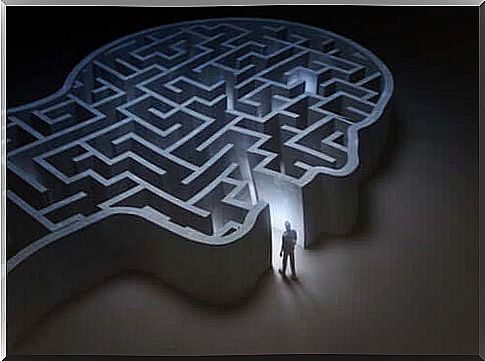
Moral dilemmas are paradoxical situations in which values are contradicted. In these scenarios, it is not possible to act in a way that does not cause any harm. What needs to be evaluated is which option causes the least harm and/or which alternative allows for greater ethical coherence.
One of the best known moral dilemmas is the “train dilemma”. In it, there is a train that runs at full speed. On his way, he will run over five people who are tied to the train track. However, it is possible to press a button for the train to change its path, with the point that in this new path there is only one person tied to the rail.
In this case, the dilemma is in deciding what to do. The debate rests on the following question: is it morally more valid to let the train run its course and kill five people, or to deliberately decide that the sacrificed must be the one on the other track? If things went their normal course, this person would not die. Whoever presses the button causes her to lose her life.
From this hypothetical situation, several other moral dilemmas emerged. The best known are the man on the roof, the circle street and the man in the garden. Let’s look at what each one involves next.

1. The man on the roof
The man on the roof is one of the moral dilemmas derived from the train case. The situation is similar: there is a train advancing towards five people who are tied to the track. However, in this case the option that exists is to throw a significant weight in front of the train, to stop it before it reaches the lashings.
The only option that exists is an obese man who is by the side of the rail. If he were thrown towards the train, he could stop him and prevent the other five people from dying. What to do? The difference here is that you have to perform an active task to deliberately end a person’s life.
The utilitarian ethics emphasizes that what matters is the number of victims. So it’s worth sacrificing one life to save five. Humanistic ethics highlights something different. The man beside the rail is in full use of his rights. One of them is the right to life and, therefore, not to serve as a means to save others.
2. The circle street, one of the moral dilemmas
The Circle Street is a variant similar to the Train Dilemma. What happens in this case is that there is a street in a circle, that is, a street that makes a circular path and returns to the starting point.
In this case there are five people tied up in the street. It is also possible to call the train to make another journey. In it, there is a man tied up. He’s fat and could stop the train before it circled around and caught up with the other five victims. What to do?
The classic train dilemma exposes that there are only two paths: one way or the other. In the case of the circular path, the dilemma has a subtle modification, which implies a more calculated decision : one man is used deliberately – as an obstacle – as a means to save the other five people.

3. The man in the garden
The third of the moral dilemmas related to the train dilemma is the man in the garden. In this case, the situation is the same as the original. The difference lies in the fact that the only way to divert the train is to derail it. This would cause the train to fall off a cliff into a garden, where a man rests in his hammock.
This means that, if the person decides to activate the diversion, the person who will end up dying is someone who has nothing to do with the situation and who would be the victim of someone else’s decision.
At the bottom of all these dilemmas is the contradiction between doing good to a greater number of people or taking action that goes against essential rights.
A study by Guy Kahane, from the University of Oxford (UK), highlights that people who don’t see any problem in seriously hurting someone to save others show antisocial traits and, in their daily life, are less scrupulous about doing harm. to others, even if this evil is not useful.
